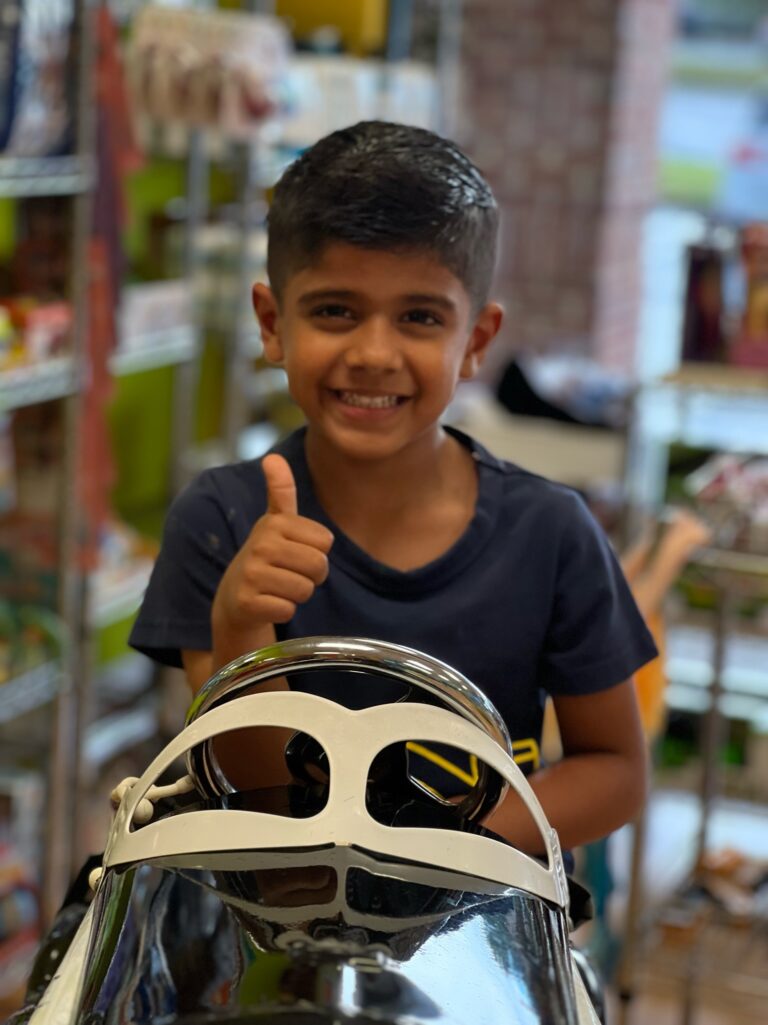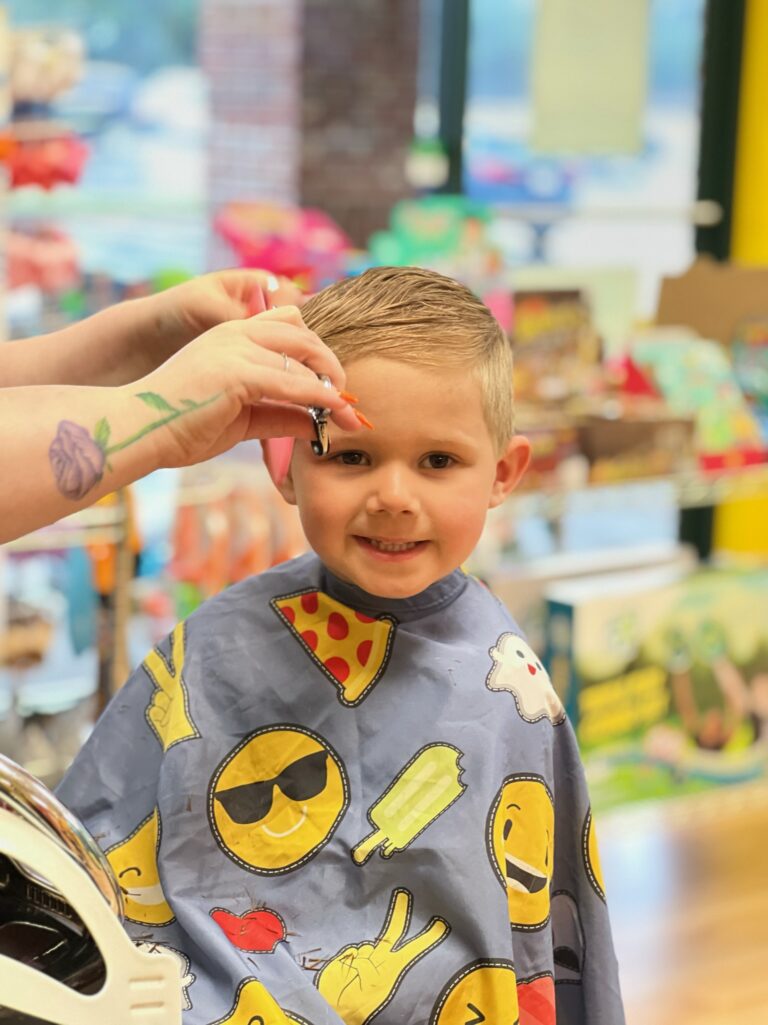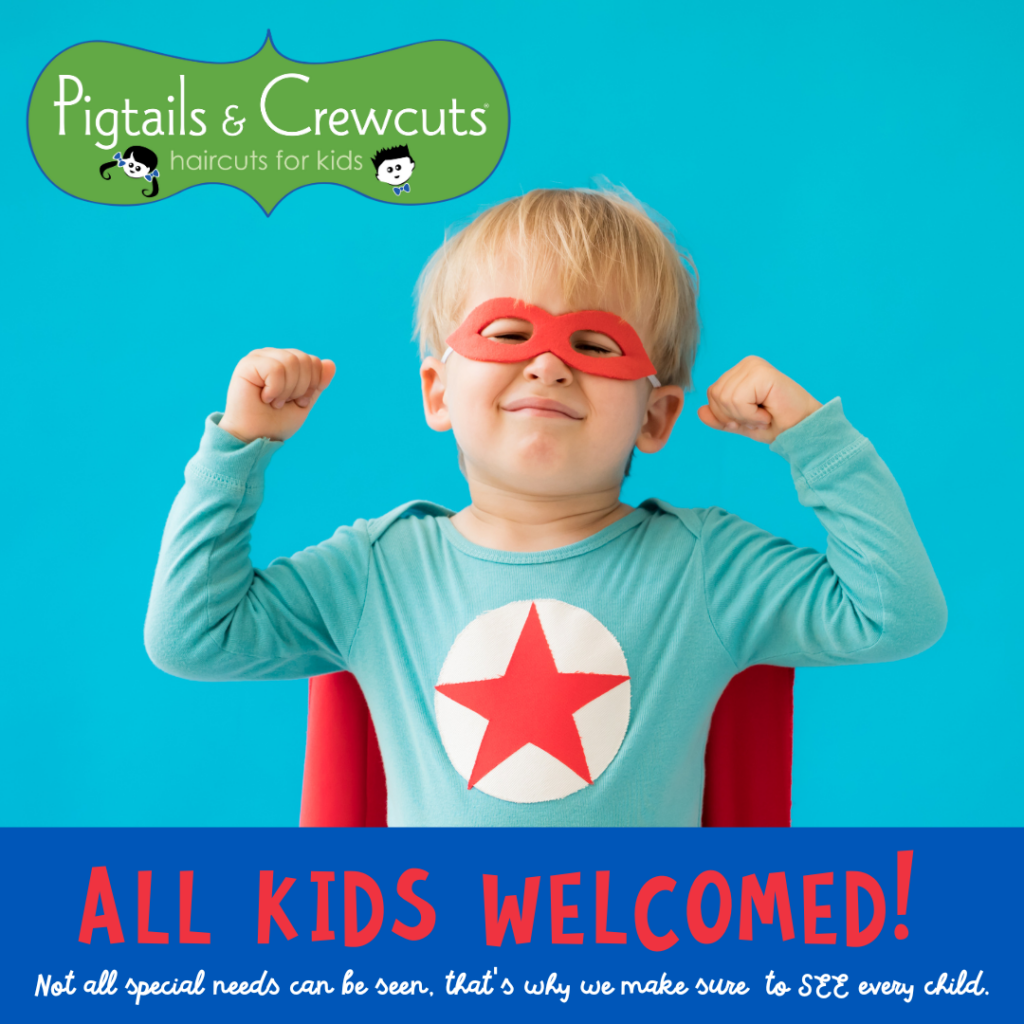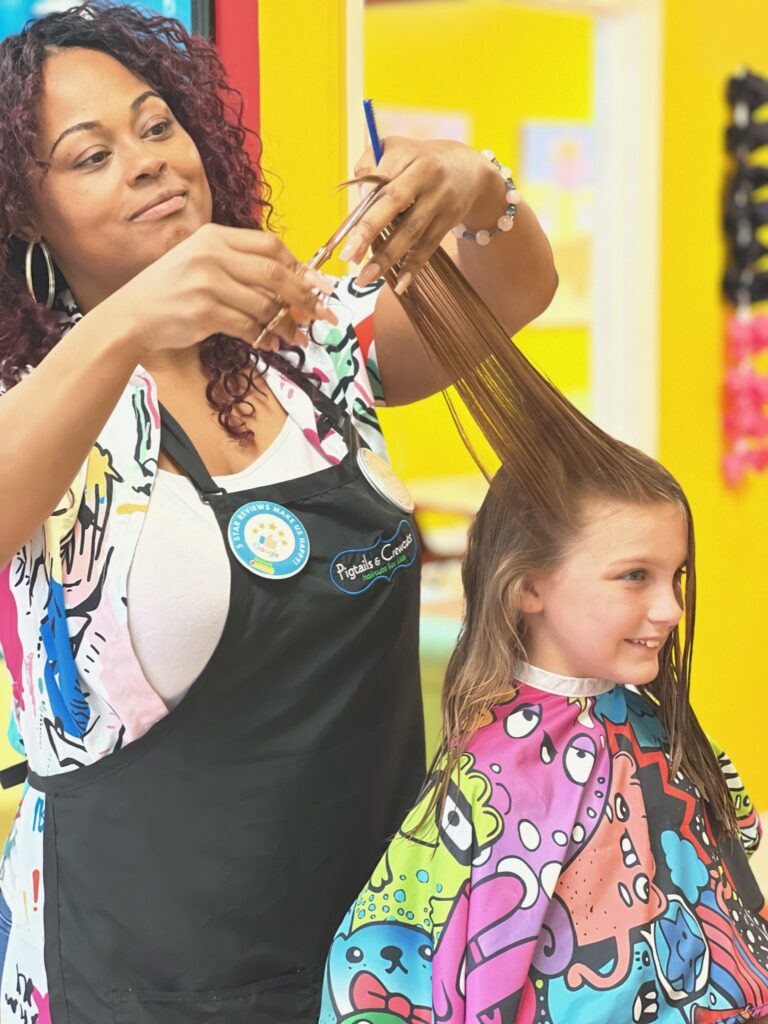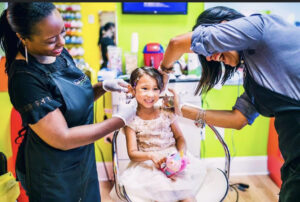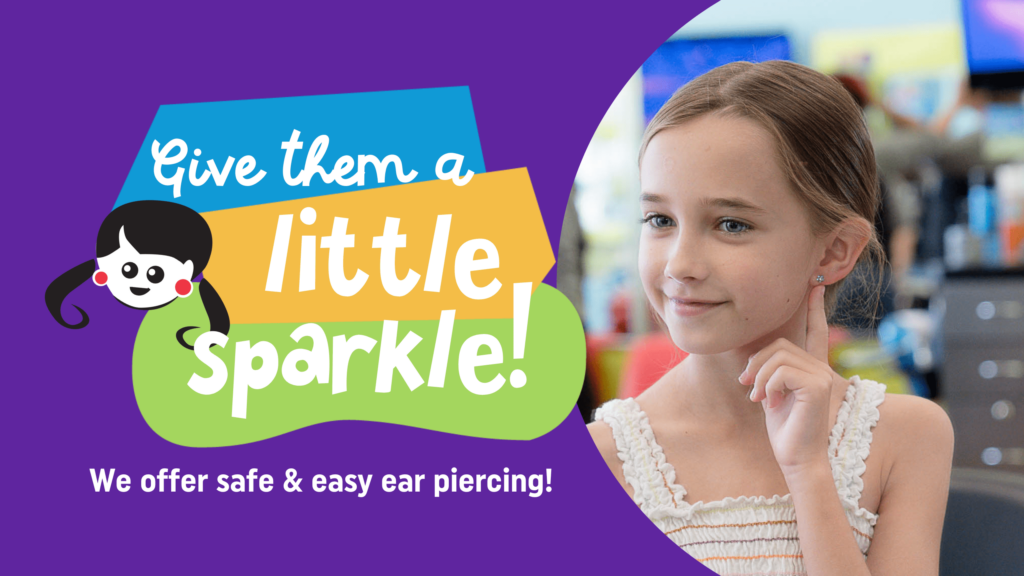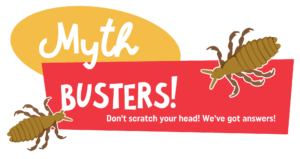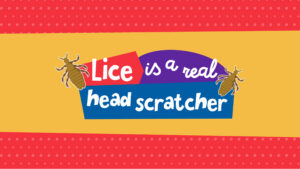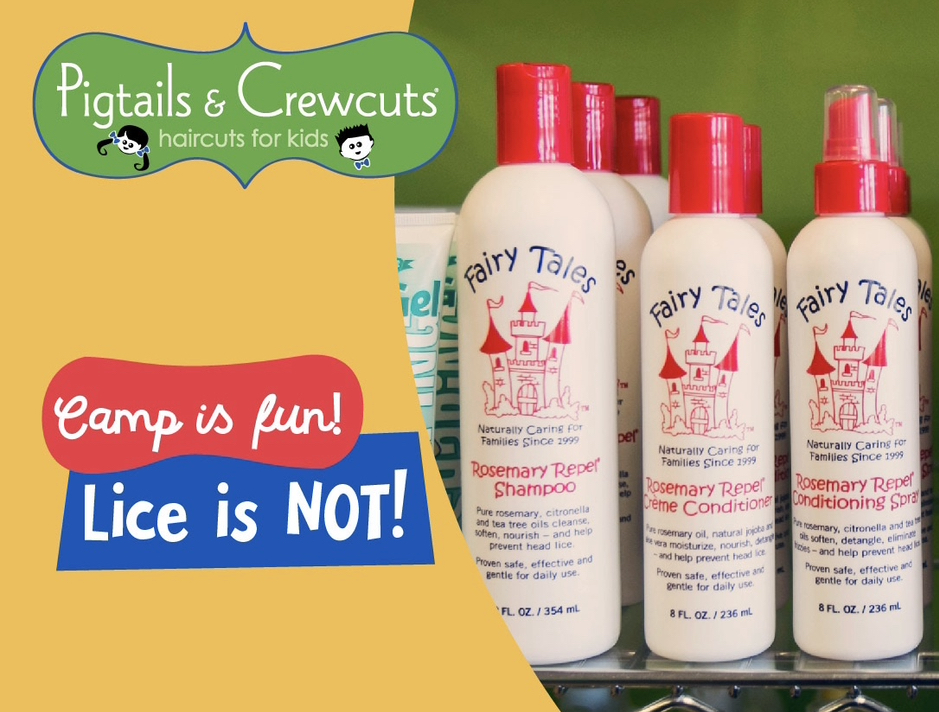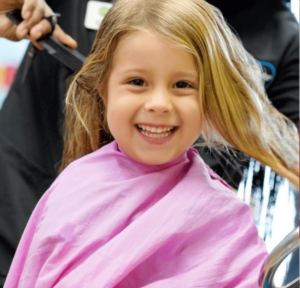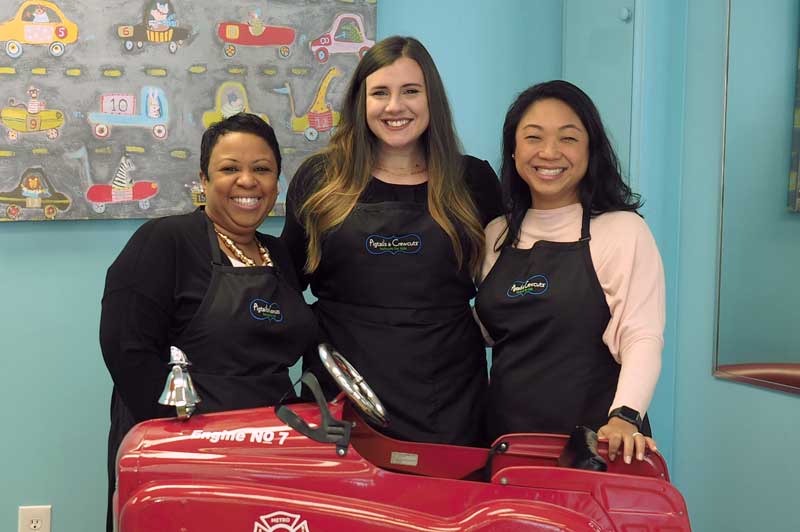Understanding Haircut Lingo: How to Get the Perfect Cut
Many people are unsure of how to describe their desired haircut to their stylist. If you’ve ever visited your stylist and gotten the perfect haircut, sometimes a picture isn’t enough to recreate that style! Here’s some haircut lingo you can use to achieve the perfect haircut.
Haircut Lingo Dictionary
- Neck Cleanup / Lineup: Using trimmers on the perimeter of the hair to clean up the edges.
- Bang Trim: Cutting the bangs only to get them out of your little one’s eyes.
- Guard Numbers: Guards go from 0-8, with each number referring to the length of hair that will be left behind.There’s 1/8 of an inch of difference between each guard number, and you can determine the exact amount of length left of the head by multiplying the guard number by 1/8 of an inch. If you like the way a certain cut looks, take note of the guard number by asking your stylist.
- Bob: A short, somewhat blunt cut that ends around the jawline. These are a specialty cut, and require booking as such.
- Undercut: This is a style that is shaved on the bottom half of the head. For those with longer, thicker hair, this helps take some weight off of their head while still giving the appearance of a full head of hair. For those with shorter hair, it leaves longer hair on the top, with a shaved side and back.
- Fade: A fade is a very tight taper on boy’s hair. It gradually takes the hair down to the skin in a smooth transition.
- Finger blow dry: A blow dry style without any tools, using the fingers to move the hair around.
- Detangling Service: A timed service focused on detangling your little one’s hair.
- Timed Service: A service with a varied price depending on how long it takes. Generally, a consultation is required. We can do this virtually if you send us a photo of your little one’s hair and the style you’re going for, or you can call us and book some time in the salon so we can chat face to face.
- Trim: Cutting off the dead ends while maintaining the rest of the hair’s length.
We hope you’ve found this guide useful and that you feel empowered to achieve the perfect haircut! Now that you know some haircut lingo, you can perfectly describe your desired ‘do to your stylists.
Want to know what other Moms and Dads have to say about us? Check out our reviews!

